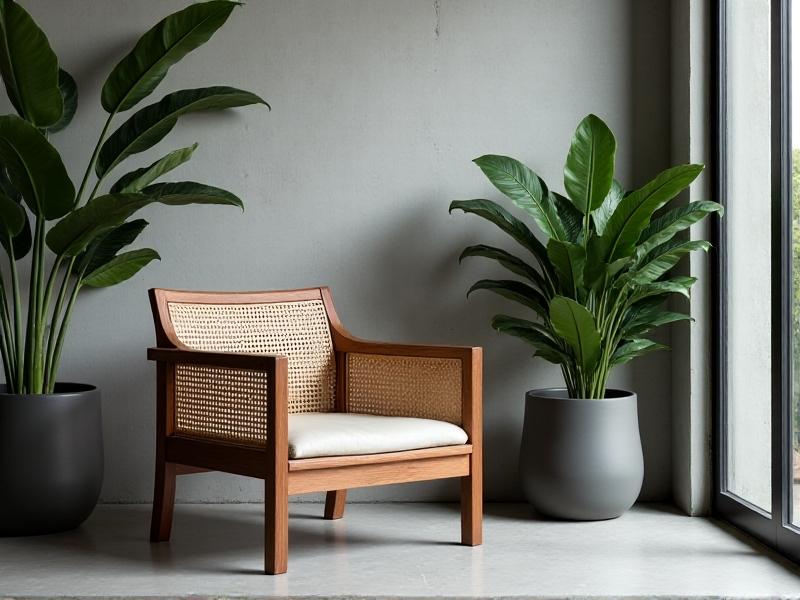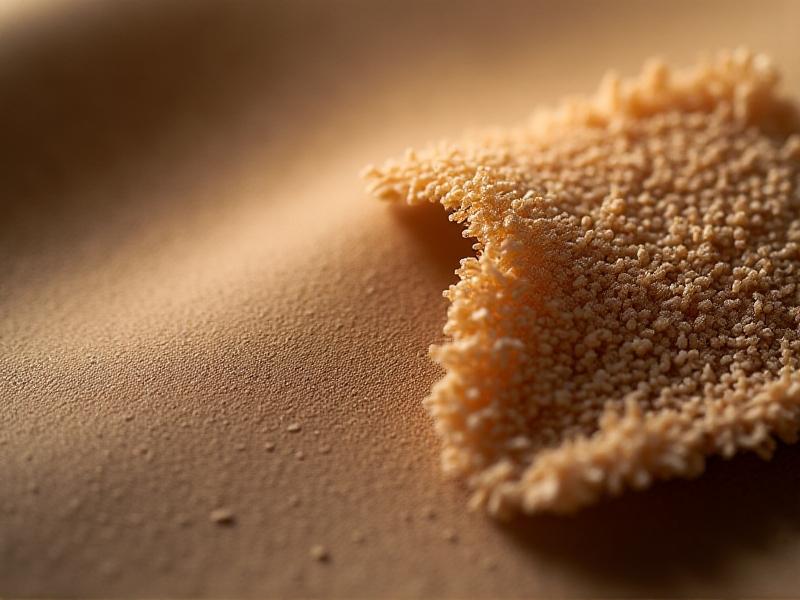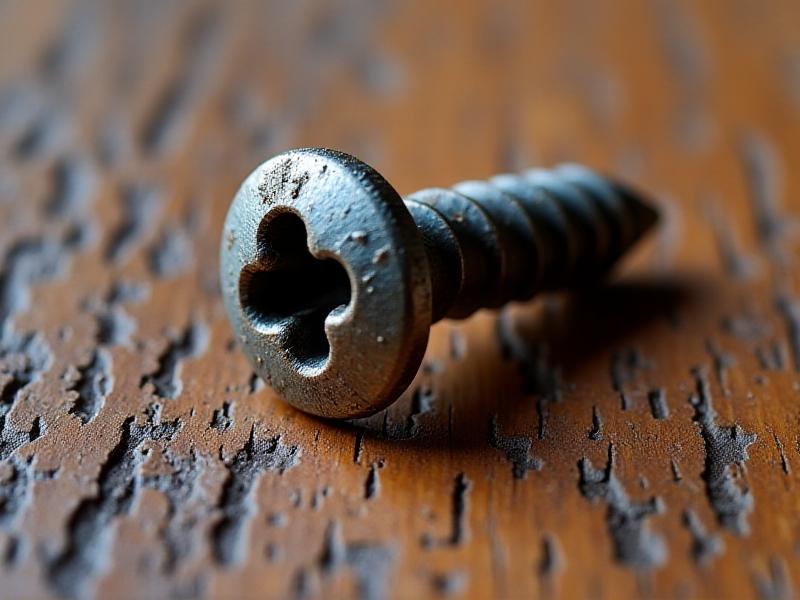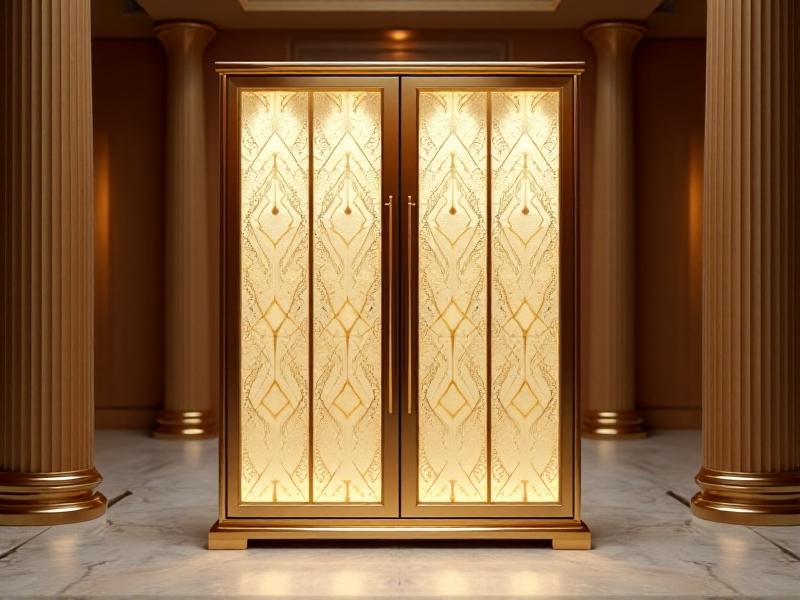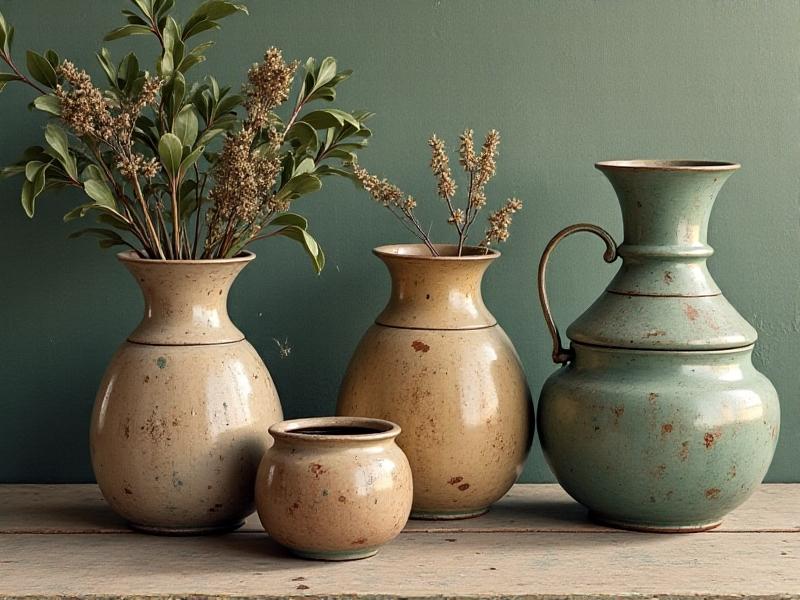Leg Swap Magic: Transforming Furniture Height and Style
The Art of Leg Swapping: A Fresh Take on Furniture Design
Furniture legs are more than functional supports—they’re design statements waiting to be reimagined. Swapping out legs offers an affordable, sustainable way to revitalize tired pieces, whether it’s a sagging sofa, a dated coffee table, or a generic dresser. This trend blends DIY creativity with interior design, allowing anyone to customize height, aesthetics, and even functionality. By focusing on leg swaps, you can align furniture with evolving tastes, spatial needs, or ergonomic demands without replacing entire pieces. The result? A curated home that reflects individuality and ingenuity.
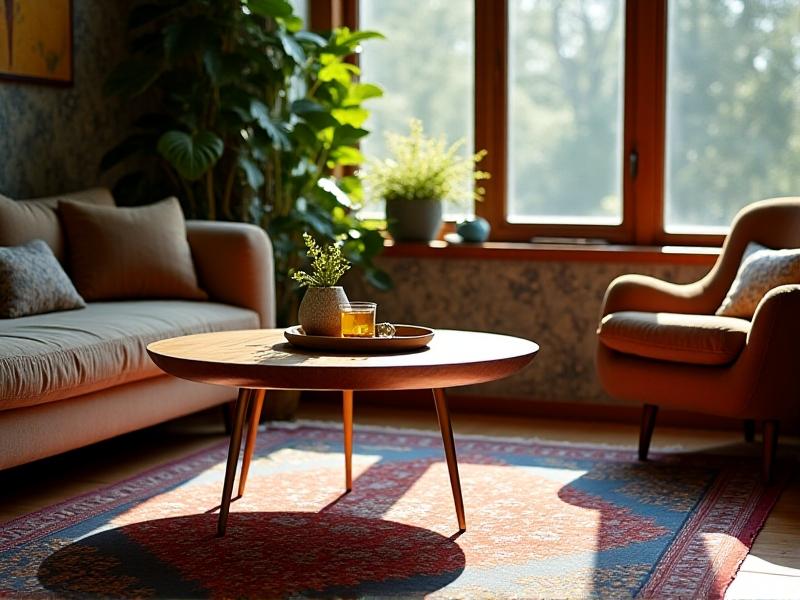
Choosing the Right Legs: Materials, Styles, and Compatibility
Selecting new legs starts with understanding your furniture’s needs. Weight capacity is critical: a solid wood dining table may require thick turned legs, while a lightweight side table could sport sleek hairpin designs. Material choices—like matte black metal for industrial flair or carved oak for rustic charm—set the tone. Consider scale; tapered legs elongate low-slung sofas, while chunky block legs ground oversized cabinets. Don’t shy away from mixing eras—a Victorian-era vanity paired with acrylic legs becomes a conversation piece. Always check mounting hardware compatibility or plan to adapt brackets for a secure fit.
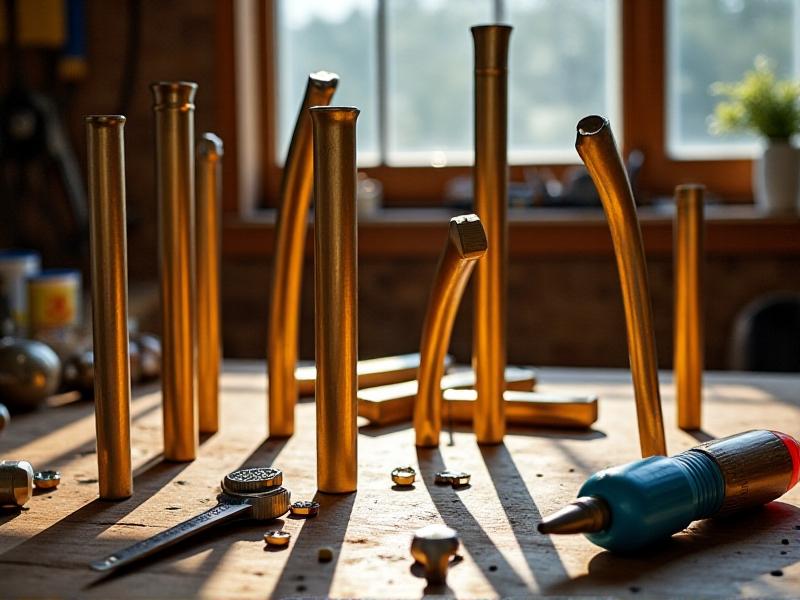
Step-by-Step Guide to Swapping Furniture Legs
Begin by flipping the furniture onto a padded surface to protect finishes. Remove existing legs using a screwdriver or wrench, noting their attachment method—threaded inserts, brackets, or direct screws. Fill unnecessary holes with wood filler if reusing the piece elsewhere. Align new leg plates or brackets, pre-drilling pilot holes to prevent splitting. For heavy items, enlist a helper to stabilize the piece while attaching legs. Test stability on uneven floors by adjusting screw depths. Pro tip: Add felt pads to prevent scratches and reduce noise on hardwood floors.
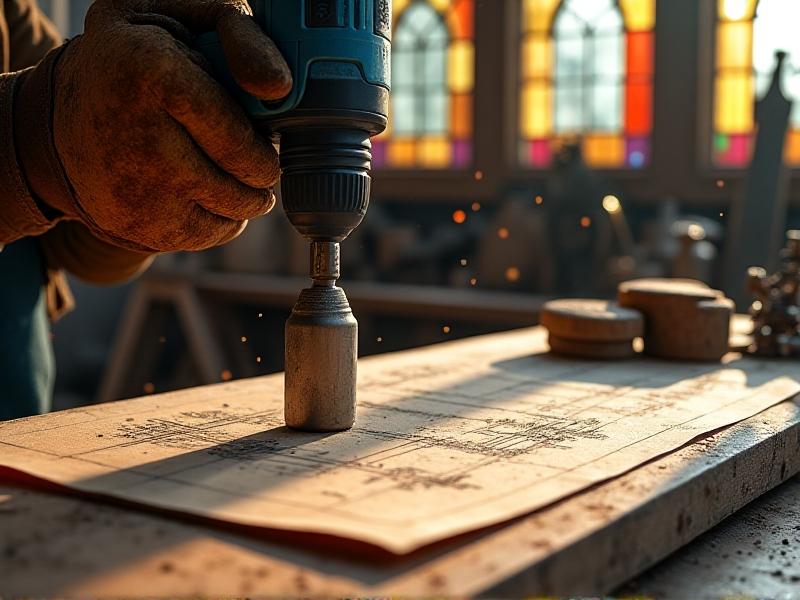
Style Transformations: Before and After Leg Makeovers
A basic IKEA dresser sheds its bland identity with splayed brass legs, evoking Art Deco glam. A farmhouse dining table gains modernity through powder-coated black hairpin legs, while a plush armchair becomes retro-chic with short, fluted walnut legs. The magic lies in contrast: pair ornate Victorian legs with a glass-top console for eclectic tension, or outfit a industrial metal desk with curved bamboo legs to soften its edges. Even small changes—like staining natural wood legs ebony—can unify a room’s color palette dramatically.
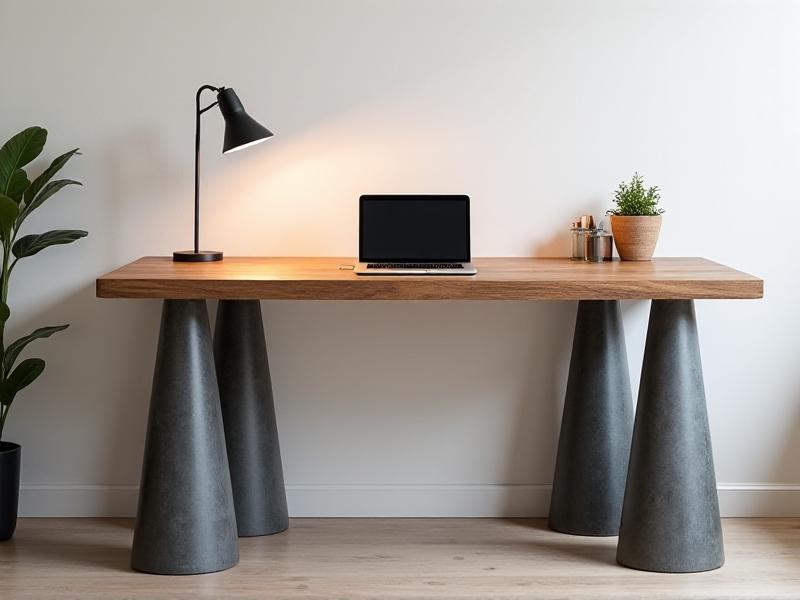
Functional Upgrades: Ergonomics and Accessibility
Beyond aesthetics, leg swaps solve real-life challenges. Raise a low sofa 4 inches to ease standing for those with mobility issues using sturdy metal risers. Lower a dining table for young children by installing stubby turned legs. Angle hairpin legs outward on a console to create wheelchair-friendly clearance. Use locking casters on a kitchen island for flexible prep space, or add hydraulic lift mechanisms to coffee tables for hidden storage. Always prioritize weight distribution—a taller bookcase may need diagonal braces to prevent wobbling.
Unexpected Materials: Pushing the Boundaries of Leg Design
Why stop at store-bought legs? Repurpose vintage tools—wrenches as nightstand legs, ski poles supporting a bench. Pour concrete into silicone molds for custom geometric bases, or stack hardcover books sealed with epoxy resin. For a floating effect, mount furniture to wall brackets disguised as angled brass rods. Upcycle plumbing pipes into industrial trestles, or carve fallen branches into organic, asymmetrical supports. These unconventional approaches turn furniture into functional art, sparking curiosity and showcasing personal narratives through design.
